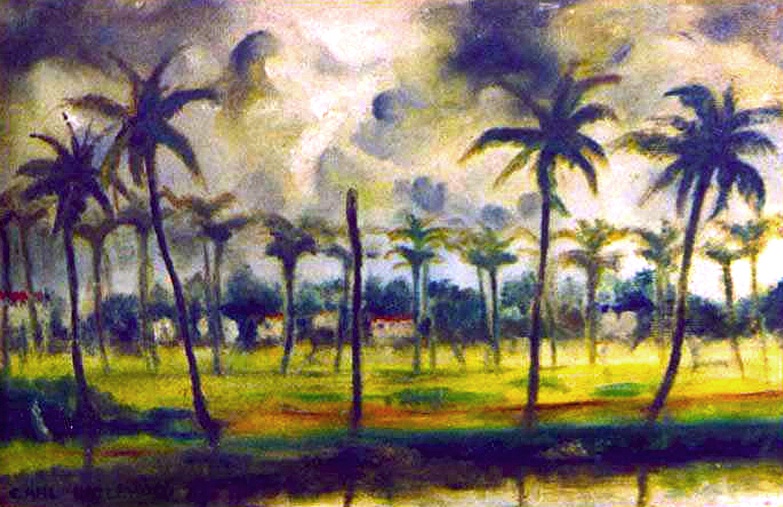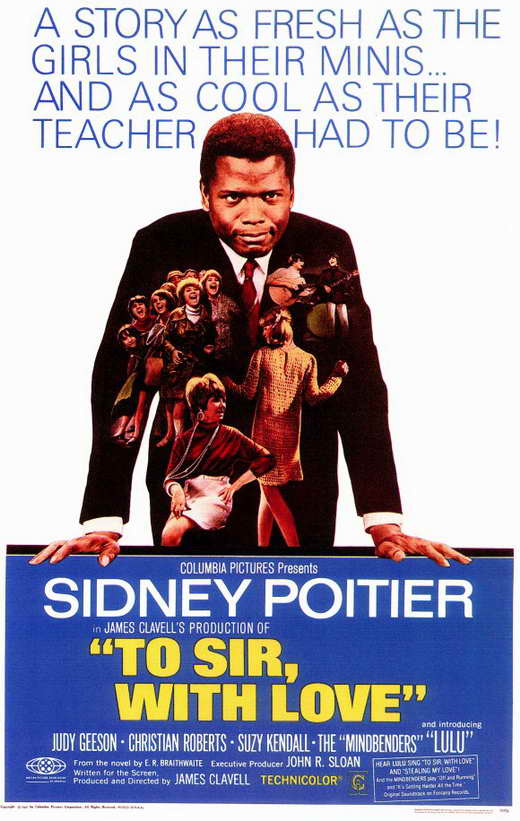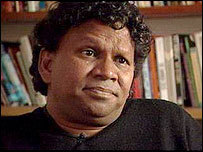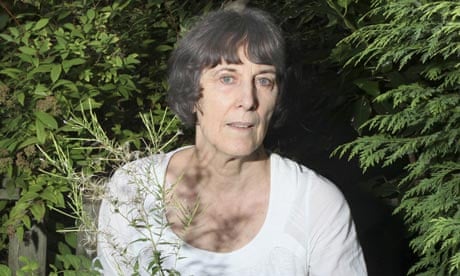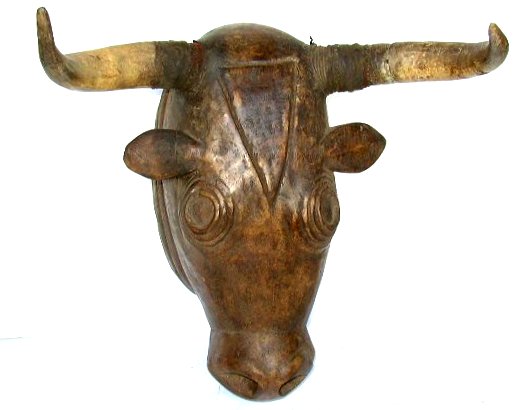So, I had a light week of working (as in I spent it
waiting on more work to come), so I used this time writing my business proposal
for my next project, continuing on through the final edit on my book, and
finalizing the book proposal as well. Needless to say, I’ve been super
busy. And I also discovered that
Nestle makes a coffee creamer flavored like Abuelita’s Mexican Chocolate. So, life is good for the moment. Plus,
the BBC and Netflix will remain friends, and that alone makes me giddy. In a
very distinguished sort of way, of course.
 |
| It's so pretty. And I got to use my new cooling racks! |
Today, I’m cooking food from Guyana, the last “G”
country. And I’m starting today off with some Guyanese Plait Bread. (I’ve
always pronounced the word plait as
“platt,” but I think it’s also pronounced as “plate.”) In a large bowl, I mixed
my warm water, sugar, and yeast together and let it sit for 10 minutes to
proof. Then I added in my flour,
melted butter, and salt into the yeast mixture. I mixed all of this together, adding a little flour to it as
I kneaded it. When I got the dough so that it wasn’t too sticky anymore, I put
it in the bowl, covered it, and let it rest for about 45 minutes. After it
rested, I put it out on a floured surface to knead for a couple more
minutes. Dividing the dough into
three pieces, I took each piece and made it into a rope about 14 inches long. Then
I laid each piece side by side, pinching the ends together, and braided them.
At the end I pressed all the pieces together again and tucked it under to
secure the end of the braid. Then I let it sit for another 45 minutes. Just
before I put it in the oven, I mixed together an egg yolk and some water
together and brushed it on top.
This is what will give it a golden look when it’s baked. After it bakes
for 27-30 minutes, it’s time to view my masterpiece. It turned out really well. It was a nice yeast bread with a
crispy crust and soft inside, just how I like my bread. My braid swelled some during baking,
but it was still pretty.
 |
| Who cares about authenticity? This was pretty dern good the way it was. |
The main dish today is probably one of the most
iconic dishes of Guyana: pepperpot. I have seen this dish mentioned before in
some African and Caribbean recipe lists. Even when I was listening to the song
“Guyana Don’t Fear” by Bing Serrão and the Ramblers, he mentions all the
reasons why you should move to Guyana, and pepperpot is one. This dish calls for a variety of meats
(mostly beef and pork) slow cooked in a pot with spices and peppers. I will
tell you up front that my pepperpot will only resemble a true pepperpot in name
only, a shadow of what it is supposed to be. For one, I left out the following
suggested pieces of meat: cow’s feet, oxtail, salted pig’s tail, and beef
shin. This was mostly because even
if I COULD find these items, it would probably be expensive. (I suppose I
could’ve tried to go to the international market, but I forgot.) So, I went
with stew beef, a pork tenderloin cutlet that I cubed, and smoked pork hocks. I
put all of these (except the smoked pork hocks) in a large bowl, seasoning it
with salt, black pepper, garlic, onion, ginger, brown sugar, cloves, and dried
bouquet garni (in lieu of thyme, oregano, and basil.) I let this marinate for
about a half hour. Then I put a little oil in the bottom on a large pot, and I
added in my marinated meat to cook until it was browned. Once this was done, I
added in the hock and let it simmer for about five minutes. I added in the
cassareep. (I don’t have access to actual cassareep, but I did find out how to
make it myself: ½ c vinegar, 2 Tbsp molasses, 2 Tbsp of fresh lime juice.) Then
it was time to pour enough water to cover all of the meats. After it comes to a
boil, I brought it down to a simmer and let it cook for about four hours. It’s
time to throw in the peppers at the three-hour mark. And… my family can’t
handle as many peppers the recipe calls for (which were a few habaneros or
Scotch bonnets), so I left them out. (If I take the peppers out of pepperpot,
am I just essentially serving my family pot?) I did sprinkle some crushed red
pepper and cayenne pepper on top at this point and let it simmer for another
hour. The meat was so tender and the blend of spices made this delightful. It
actually needed much more spiciness to balance out the sweet spices (cloves,
brown sugar, ginger). But otherwise, it was quite good.
 |
| Not much to look at here, but it was pretty good, if I might say so. |
To go with the pepperpot, I also served a dish
called cabbage and yam pie. I cut up my cabbage, almost like for cole slaw,
then sautéed it with butter and onions with a little salt and pepper and garlic.
Then I peeled and boiled my yams (ok, technically I’m using sweet potatoes)
until they were soft and mashed them with an egg yolk when they were done. I
took the egg white and beat it until it was creamy and set it off to the side.
In a buttered pie tin, I added a layer of yams, then a layer of cabbage, then a
layer of grated Italian cheese. The top layer was yams again, except I brushed it
with the beaten egg white. I baked
this until it was golden brown around the edges and garnished this with parsley
flakes when it was done. I really liked this, but I think if I were to make
this again, I might try boiling the cabbage instead. The cabbage was a bit too
crunchy still, even though it was sautéed and baked it for about 10-15
minutes. But I think boiling it
would make it a bit softer and blend better with the cheese and sweet
potatoes. I also don’t think I
made quite enough potatoes either.
But otherwise, I liked this, even though the kids were tortured with
having to endure five bites.
 |
| I have to admit, I was quite impressed with this meal. It'll make for some great leftovers. |
I have to say, I really enjoyed this meal. It seemed like the perfect meal (once I
fix the few things I mentioned) that I could serve if we were to have company
over for dinner. Not that that
ever happens; we pretty much stay to ourselves, and we kind of like it that
way. But if we were ever in a
different situation and had friends like that, I would serve this. I think I have many dishes that I have
made for this blog in the past would fall into that category. You know, my imaginary dinner party
menu. I know it’s not exactly like
it was intended to be made. Maybe
one day I’ll be fortunate enough to travel to Guyana to taste what real
pepperpot is like. But until then,
I’ll just enjoy my Hoosier version.
Up next: Haiti

